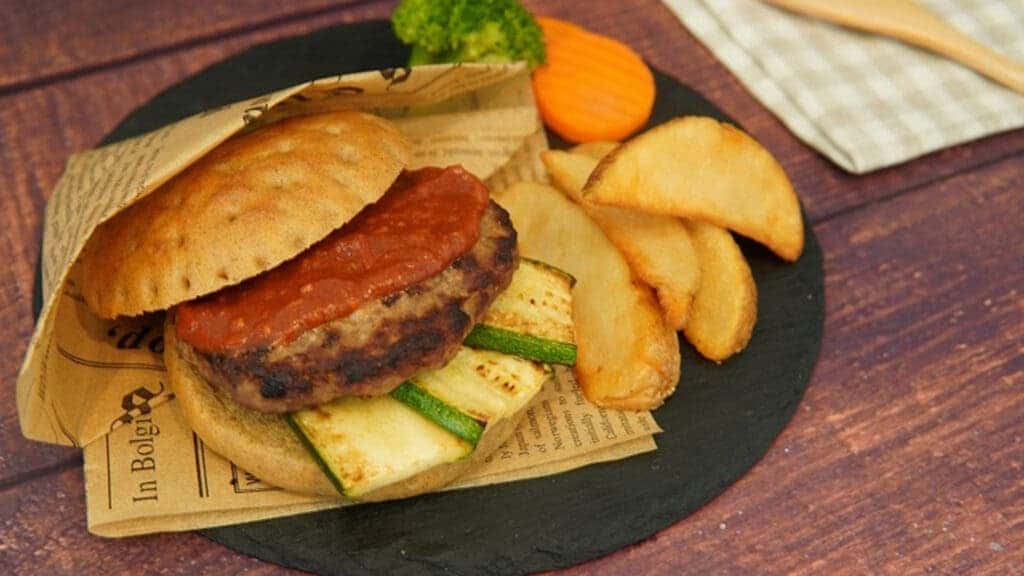Chicken, pasta, or ground grasshoppers? A Japanese airline has recently introduced a range of inflight meals containing crushed cricket powder in order to promote food sustainability. Crickets are nutritious and relatively popular as street food in some parts of Asia, but the reason for this airline menu change is that crickets have a much lower carbon footprint than conventional meals offered by airlines.

Japanese budget airline Zipair, a subsidiary of national carrier Japan Airlines that is based at Tokyo’s Narita International Airport, is now taking reservations for two in-flight meals that are made partly of ground-up crickets. The airline is serving a chili burger with tomato and a pasta dish, both of which include crushed cricket powder.
Zipair partnered with food technology company Gryllus to serve up the unusual meals. And while they are still reviewing customer feedback, the airline said it has received over 60 purchase orders for the two dishes since they were introduced in July. So far, those flying internationally from Japan can choose the cricket-based menu options.
It took about three months to perfect the recipe for the two dishes, with the aroma of the crushed cricket powder similar to that of soybeans, according to a statement by Zipair. For each dish, two-spotted crickets are grounded up into powder, which is then incorporated into the tomato sauce for the pasta or into a burger patty and bread.
New food options
Gryllus was set up in 2019 in Japan with the objective of raising crickets on an industrial scale and transforming them into a food source. On its website, the company says it wants to create a “new harmony” to tackle food waste while developing a global food cycle and providing healthy food – goals that it hopes to meet with crickets.
Raising crickets is environment-friendly, the company argues, as they require very little land, water or feedstock. The food conversion rate (the ratio of weight gained to feed consumed) is superior to that of beef, pigs, or chickens. Crickets are also very nutritious, with studies finding they are high in calcium, zinc, iron, fiber, and many other vitamins, whing also being low in unhealthy fats.
For Zipair, partnering up with Gryluss made sense as both companies had already been working to tackle food waste. Asking customers to pre-order meals was a first step for the airline, as it saves money and cuts down waste. But the meal options still included beef and seafood – with a wide array of environmental concerns around livestock production and fishing.
This is where the insect-based meal option enters, a better choice from an environmental perspective. Mark Matsumoto, a spokesman for the airline, told South China Morning Post that Zipair “will continue to work with companies that are developing and introducing sustainable meal options to contribute to the betterment of society.”
The aviation sector as a whole has a lot to do if it wants to truly become sustainable. Aviation accounts for about 2.5% of global greenhouse gas emissions, and while more sustainable meals are a nice first step, it’s just a drop in a bucket. Reducing aviation emissions has proven tricky, as electric airlines or lower-emissions fuel haven’t really taken off yet. Still, while the in-flight menu is just a small part of those emissions, it’s a first positive step that could put the airline sector on a more sustainable path.


